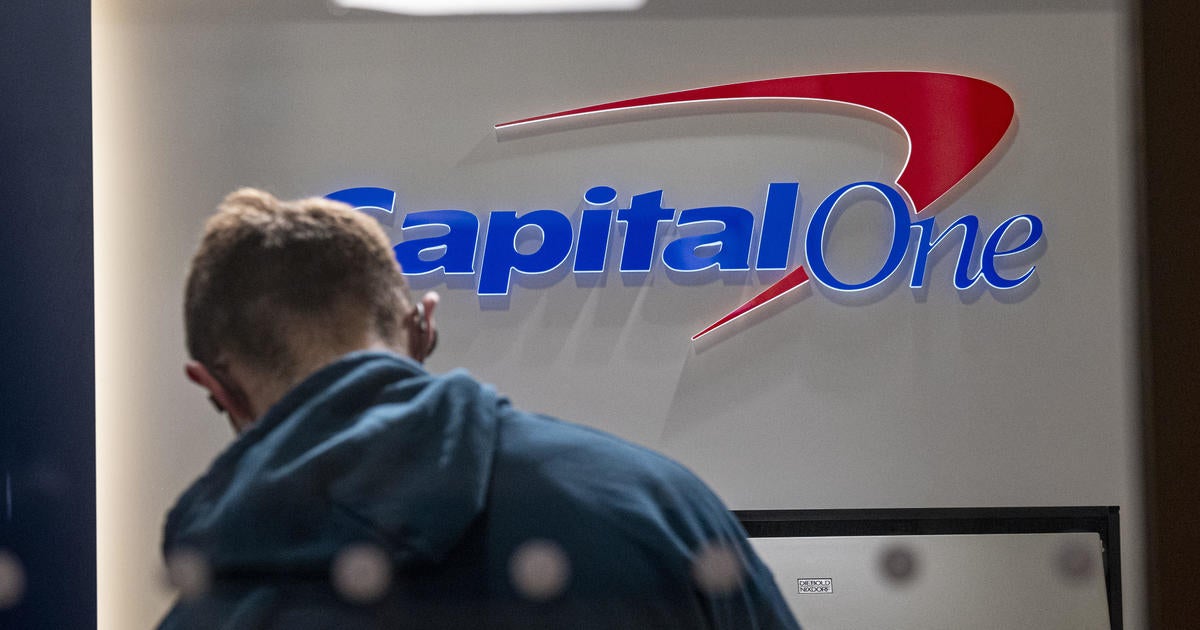Capital One Outage Leaves Thousands Without Access to Funds: What Happened?
The digital world is a convenience most of us take for granted. But what happens when the banks we rely on go down? This week, thousands of Capital One customers experienced firsthand the frustration of a major technical issue that impacted direct deposits. Chaos reigned, bills went unpaid, and the internet erupted with complaints. Let's dive into what went wrong and how the ordeal played out for Capital One customers nationwide.
The Capital One Direct Deposit Debacle
On Thursday, a significant technical glitch hit Capital One, causing widespread disruption for countless customers relying on direct deposits for essential payments. More than 2,000 customers initially reported issues to DownDetector, an outage tracking website. Though the situation improved somewhat by late afternoon, a considerable number of users remained unable to access their funds, sparking intense anger and frustration online.
Social Media Explodes with Customer Frustration
Social media became a virtual battleground for concerned customers. Posts directed at Capital One's customer service accounts on X (formerly Twitter) reflected a blend of exasperation and desperation. One post simply pleaded: "Some of us have bills to pay and groceries to buy. At least keep us in the loop." The general sentiment underscored the anxiety and inconvenience faced by many in dealing with a financial institution's significant lapse in service. Other posts detailed accounts of hours spent trying to reach customer service for updates, without success.
The Impact on Business Accounts
The outages weren't limited to personal accounts; business checking accounts were also severely impacted. One user stated that "Customer service told me everything should be working in about 2 hours and it's going on 3." The prolonged outage had profound ramifications for small businesses already juggling slim profit margins. In this scenario, Capital One's failure to rectify the issue promptly incurred both immediate financial consequences and an erosion of trust in their service reliability. It underscored the necessity for businesses to have contingency plans for situations like these, emphasizing the vulnerabilities that can easily disrupt everyday operations. In addition, this further emphasizes the fragility of business models excessively reliant on the seamless and stable functionality of financial infrastructure.
Capital One's Response and the Root Cause
Capital One swiftly issued a public apology via social media, assuring customers that it was "actively working with the vendor to resolve the issue and restore services." However, the lack of immediate transparency about the problem's cause led to more speculation and mounting customer concern. Although Capital One acknowledged a vendor issue, precise details about the nature of the glitch and what caused this widespread disruption remain unclear.
The Vendor's Role in the Outage
The reliance on third-party vendors by financial institutions frequently creates ripple effects like this. A failure in any part of the technology stack results in considerable knock-on effects. This situation is a valuable case study for future planning in the finance industry, highlighting the need for rigorous testing of third-party dependencies. Moreover, an urgent need exists for an expansion in redundancy strategies to maintain operations even in the face of third-party service interruptions, allowing businesses and their clients to avoid prolonged periods of disrupted service and the corresponding negative publicity.
Capital One's Commitment to Preventing Future Incidents
Beyond quick-fixes for current outages, long-term implications demand addressing root causes and building redundancies for seamless service. In this case, a failure in communication about ongoing efforts added fuel to the online fire. While an apology was issued, the lack of concrete updates did little to pacify growing unrest and justified user anxieties regarding the lack of reliable service.
Learning from the Capital One Outage: Protecting Yourself
This event serves as a potent reminder to consumers regarding their financial resilience. Banking apps and online platforms, though usually convenient and efficient, are vulnerable to unexpected outages and technical failures. What can individuals and businesses do to lessen future frustrations?
Diversifying Your Banking Options
Don't place all your financial eggs in one basket. Explore secondary accounts with other institutions as a simple backup.
Regularly Review Your Bills
Checking accounts and other financial systems are inherently unreliable, prone to various forms of technological errors that impact services and can create havoc on individual and business schedules. Developing a regular cycle for reviewing expenses minimizes unpleasant surprises arising from delays or discrepancies.
Stay Informed and Advocate for Yourself
Be vigilant when major outages occur and demand greater transparency and accountability from financial institutions during and after such events.
Take Away Points
- The Capital One outage highlighted the vulnerability of banking systems and the significant impact of disruptions on customers.
- The reliance on third-party vendors adds a critical layer of risk to financial infrastructure.
- Increased transparency, proactive communication, and robust contingency plans are crucial in preventing and managing future incidents. Consumers should take preventative steps such as maintaining financial diversity and vigilance.
- Businesses need to ensure that their operational reliance on third party services is carefully weighed and that suitable backups and redundancies are in place.




